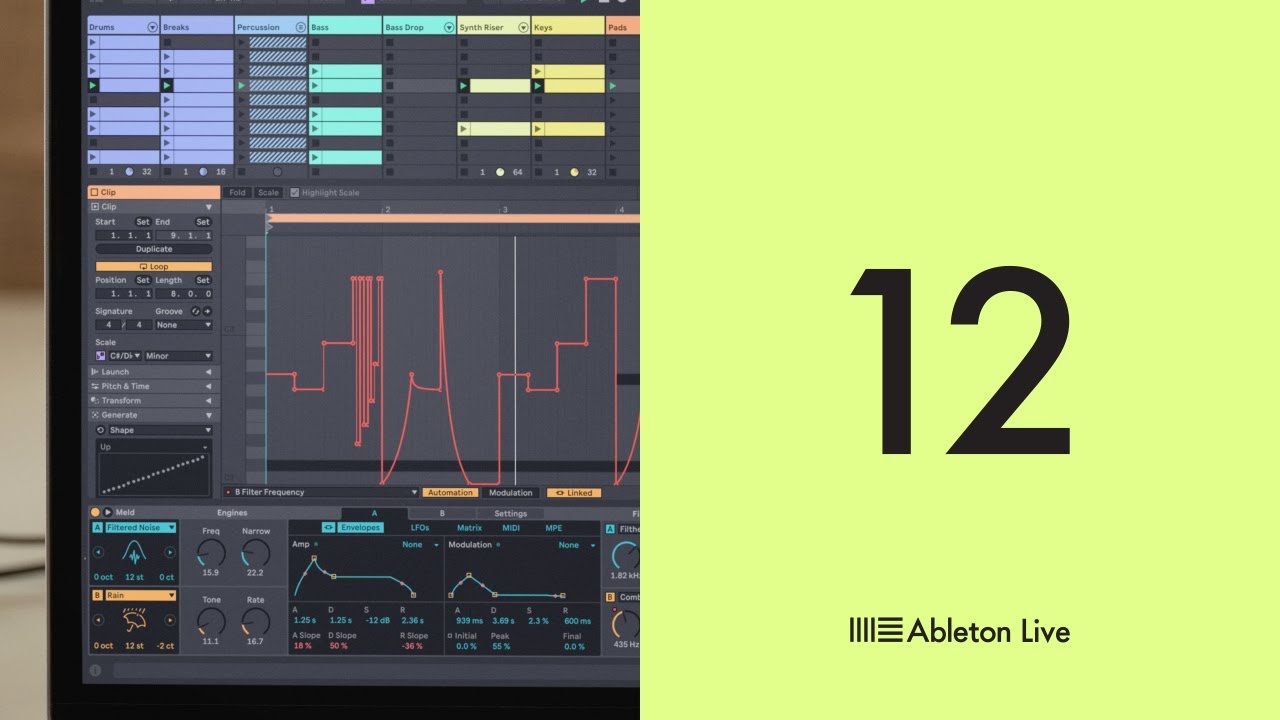One of the most important elements of utilizing any music production program is getting the right sounds. This involves auditioning, modifying, and choosing the sound the works best for the song you are creating.
Although often overlooked, this is a crucial task that requires great care in order to have a world class song when you are finished. Whether you’re attending the music production program at Pyramind, or going somewhere else, there are some basics that will always apply.
In the following video worldwide producer, DJ, and Pyramind mentor Jaytech walks you through his mindset around choosing sounds, a process he finds a lot of up-and-coming producers struggle with.
Part 1. Audition Your Sounds in Mono
Due to the various speaker and sound systems people listen to around the world, it’s important to focus on making your sounds work on every system. A good music production program will enable you to accomplish this.
To do this you need to listen to your individual sounds in mono by themselves to see if they hold up.
Although many people test their entire mix in mono, Jaytech recommends it for each and every sound you choose.
Part 2. Anything telling the story should tell it between 500-1400khz
The music production program at Pyramind will always teach that the fundamental frequencies of a sound are important to take notice of. The fundamental frequencies are essentially the ones that you would choose if you could only have one small frequency range of the sound.
The fundamentals get the point across at the bare minimum. Jaytech recommends making sure that the storytelling lines’ fundamental frequencies lie in this range.
Part 3. The 5 up or 10 up method
This method refers to having a shootout with other sounds to make sure you’ve made the right choice.
A lot of times people get one sound that they think the entire mix is riding on and they never experiment with different sounds for that part.
This fear of losing the essence of your song can lead you to not making the best choices for your track.
It’s worth trying 5 or 10 different options before settling on any one sound.
Part 4. Watch out for gremlins
Jaytech refers to Gremlins as any sound that isn’t contributing to the whole.
A good way to find these are to solo two parts at the same time and asking yourself if these two sounds are “friends” or are they fighting with each other for the same soundspace.
Part 5. Avoid unnecessary simultaneous parts
If it’s possible to cover an entire section of a sound with one sound by itself, that is usually better, especially in the low sounds. He recommends one juicy kick, and one full spectrum bass sound if possible.
Remember, mono is your friend, audition lots of options, and put the important stuff between 500 and 1400khz.
Follow the tips above and let us know how your music changes when you do!
If you’d like to go deeper on this topic with Jaytech by your side, book him on our mentorship network here.
The music production program offered by Pyramind is unparalleled in the music production industry. Call us to find out how we can begin making music together!






